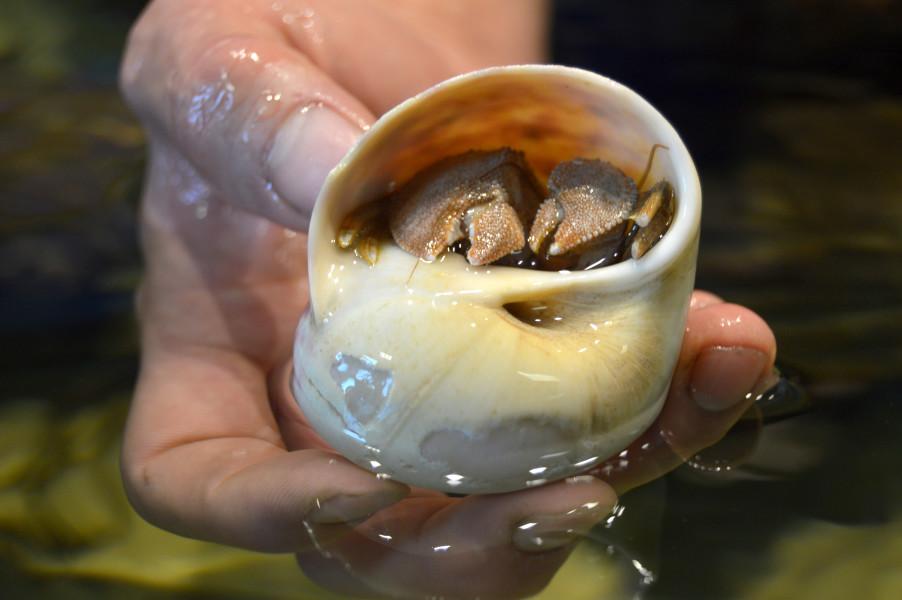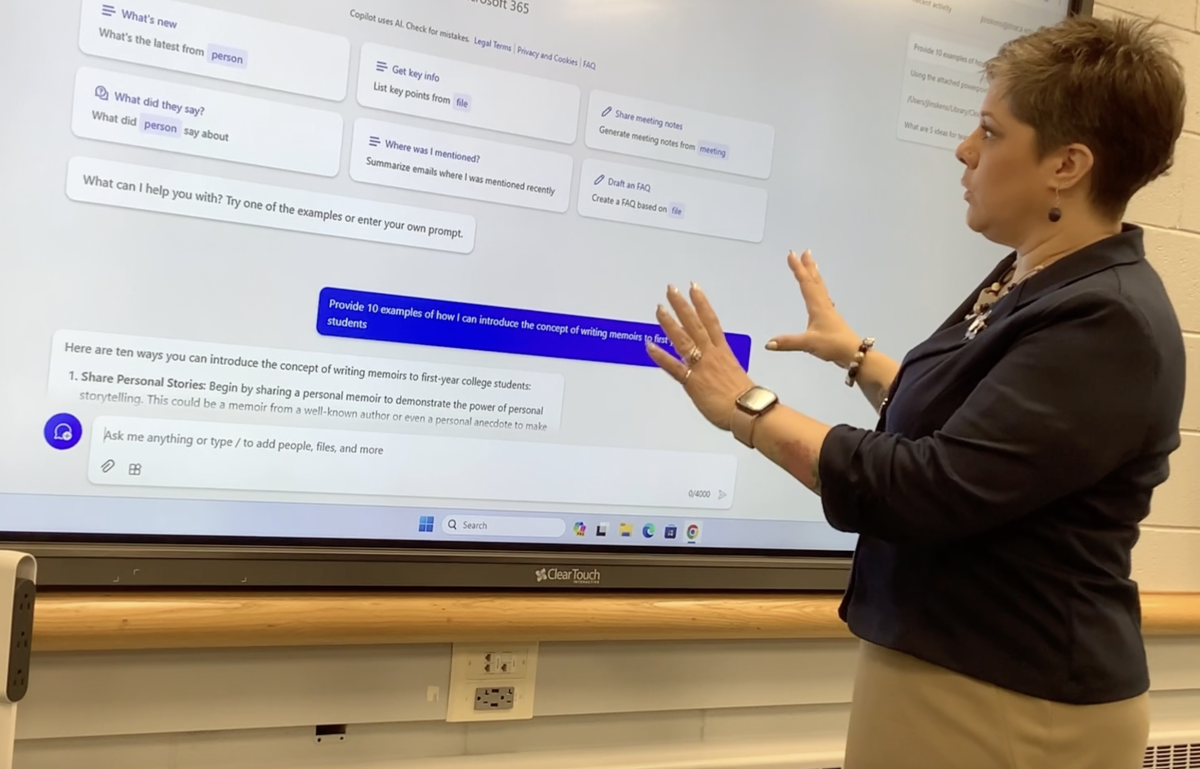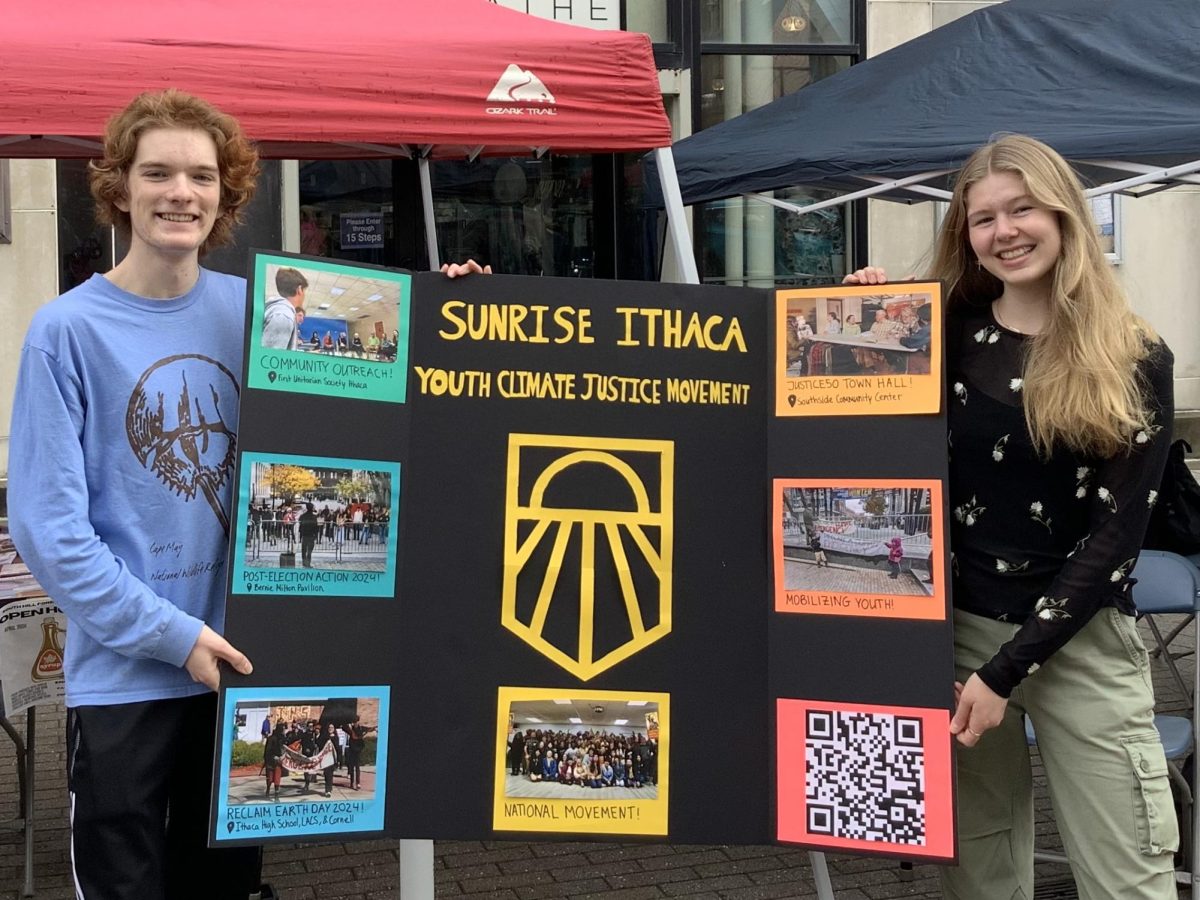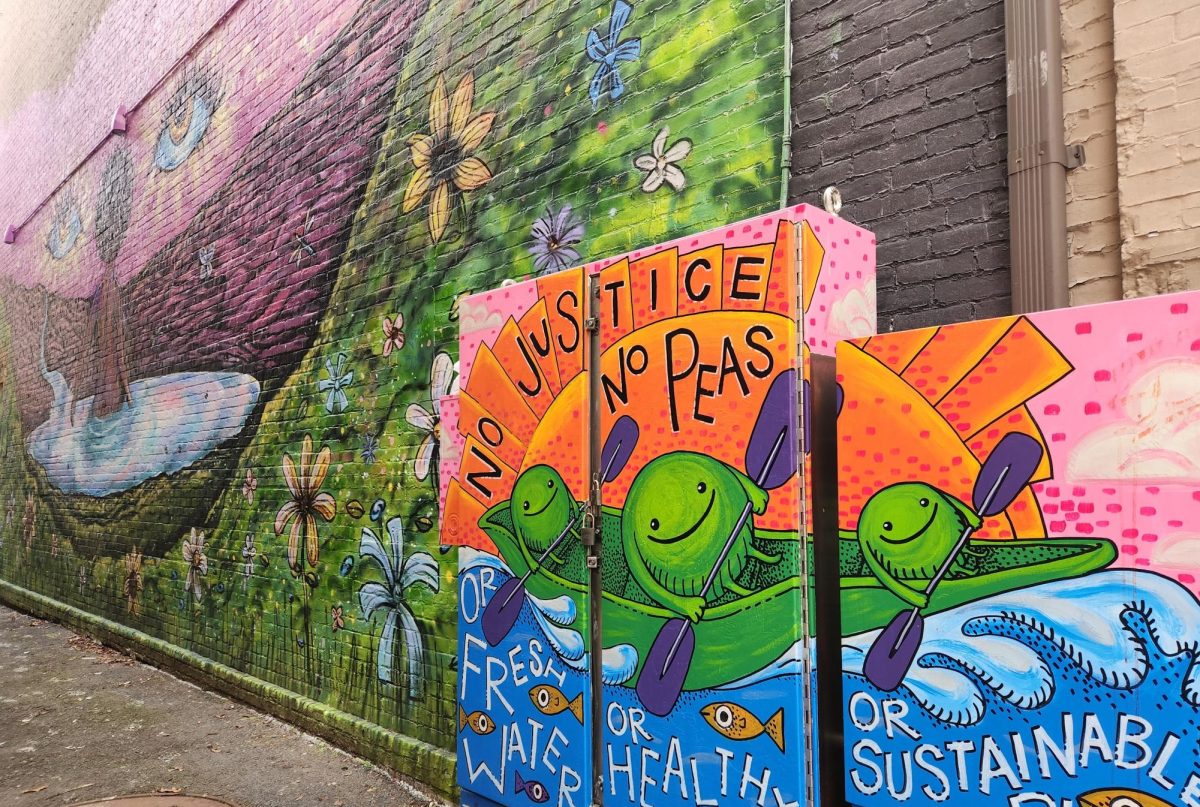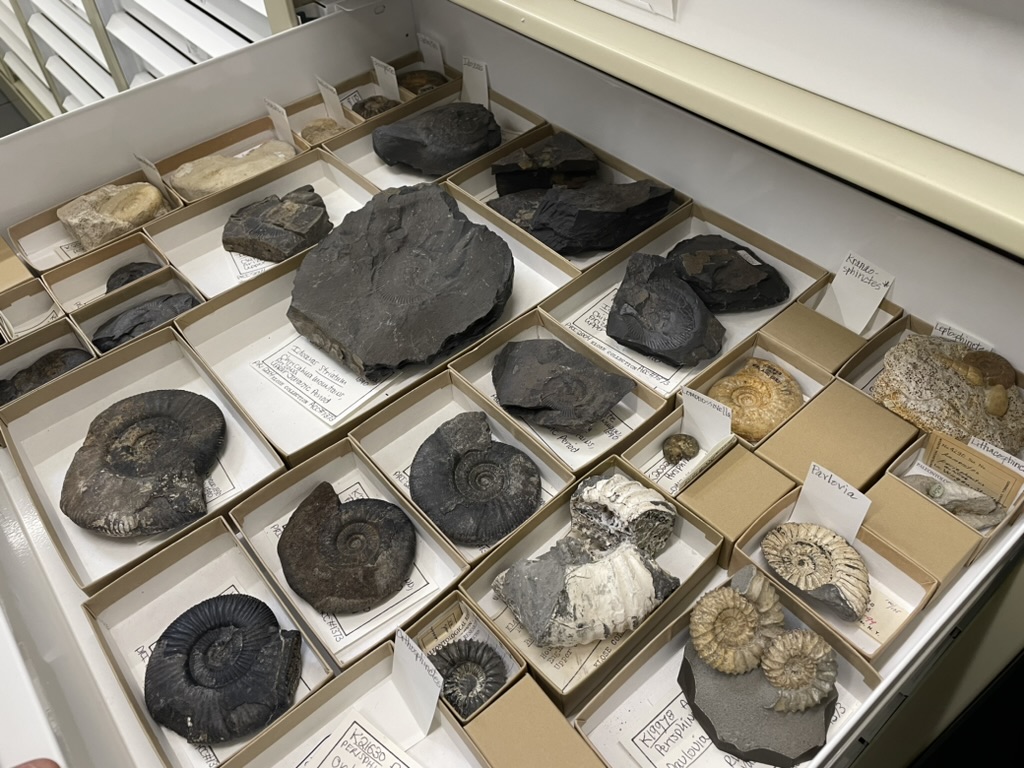Local marine life education and conservation are major focuses of the Sciencenter’s recently launched a $3.8 million capital campaign: Curious. Confident. Inspired. The fundraising effort will allow the Sciencenter to create new exhibits as well as re-envision current attractions just as it has done with the tide pool touch tank.
“We’re reimagining all of the exhibits and programs throughout the museum,” said Amy Gaulke, the Sciencenter’s public and media relations manager. “This is one of the first major changes to come.”
The newly renovated touch tank officially opened to the public on August 7. It allows members of the Ithaca community a chance to interact with aquatic species including the Forbes sea stars and horseshoe crabs. The shallow, open top tank allows volunteers to reach and and take the animals out of the water, creating an up close and personal experience for visitors.
Robin Hadlock Seeley, Cornell’s academic coordinator for the Shoals Marine Laboratory, said the hands-on experience the touch tank provides allows for more personal and in-depth connections to be made with the critters—“connections that will later serve them well as informed citizens in the presence of conservation issues.”
“Once you’ve handled a starfish and seen all the tube-feet moving and figured out where the mouth is… All those things just increase your understanding in a way that reading about it on a webpage just can’t do,” said Seeley.
The touch tank is designed to simulate the rocky coasts of Maine and the natural habitat of many of the animals in it. Colin Meeks, the Sciencenter’s live exhibits manager, helped bring the new 500-gallon system to life. He has been a major player in the training of the volunteers who show off the touch tank to visitors.
Meeks said that he thinks one of the best aspects of the new tank is that the animals that inhabit it are members of species directly affected by the actions of people in Ithaca. The old touch tank was an indo-pacific tropical system and featured species like chocolate chip sea stars and pencil urchins, which are native to far off lands like Fiji.
“In terms of talking about and teaching conservation, it was difficult to make the connection for people of why you shouldn’t pollute here when people would feel like their pollution here wouldn’t affect these animals,” Meeks said.
The four species currently exhibited in the touch tank—Forbes sea stars, flat claw hermit crabs, horseshoe crabs and channeled whelks—are all representatives of wildlife found on the coast of Maine. And by exploring the watershed journey attraction located next to the tank, visitors can see the pathway that connects Ithaca to Maine, making the relationship between the two areas more apparent.
“This a perfect example for getting students not only interested in the sciences, but also just increasing awareness,” said Seeley.
The Sciencenter’s latest campaign project is its new interactive mini-golf course, which opened Sept. 26. One of its next endeavors will allow them to bring in more local creatures for visitors to connect with.
The New York Native exhibit will be constructed in the Sciencenter’s Saltonstall Animal Room. The plan is to feature fish, turtles, amphibians and other types of animals that are native to the Ithaca area.
“So many of our interesting native animals are very dependent on water,” said Meeks. “I think as our human population continues to grow and greater stresses are put on our natural world and ecological systems, water issues will continue to become more important.”
“Part of science is certainly conservation, and I think we’re trying to do a good job illustrating that.”

